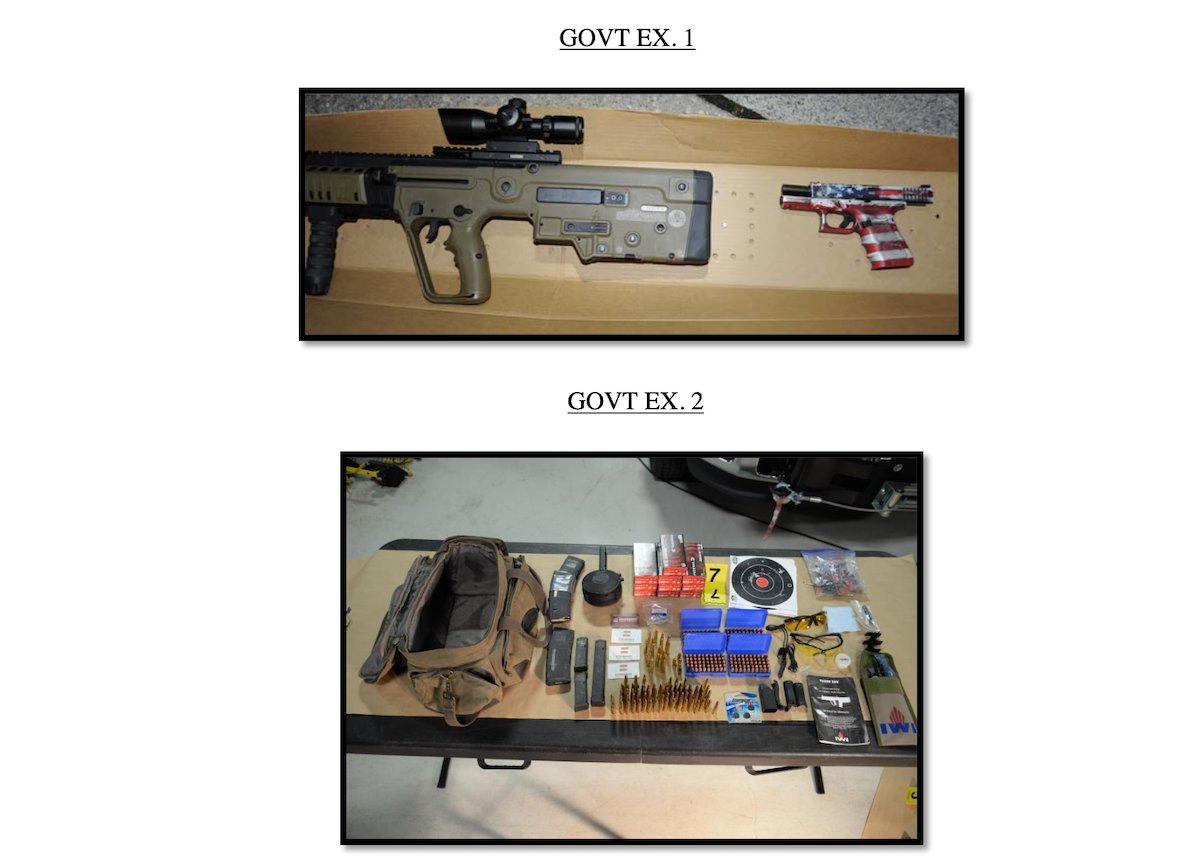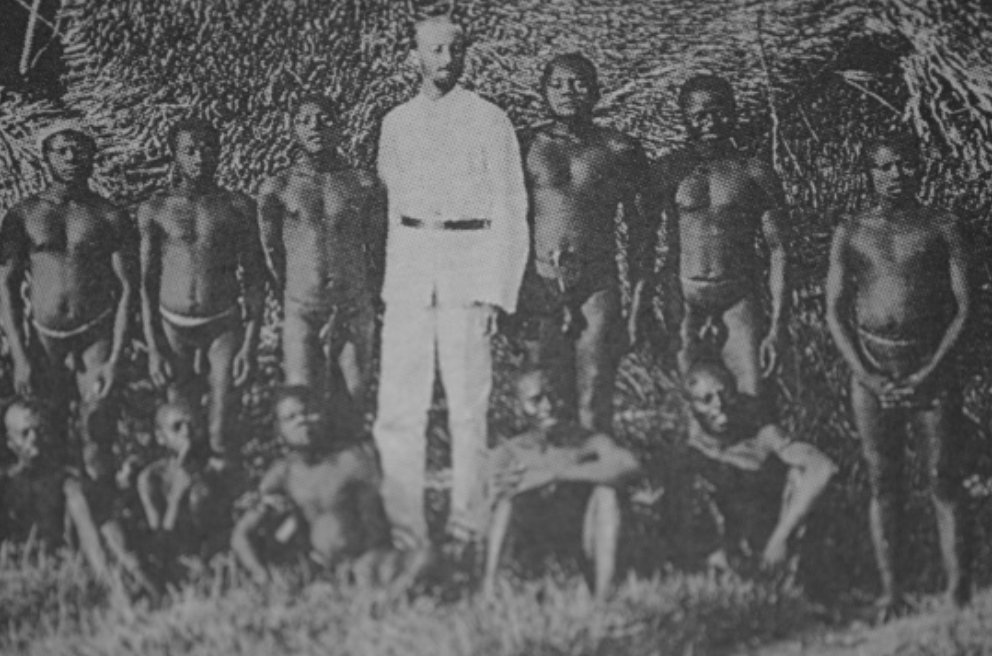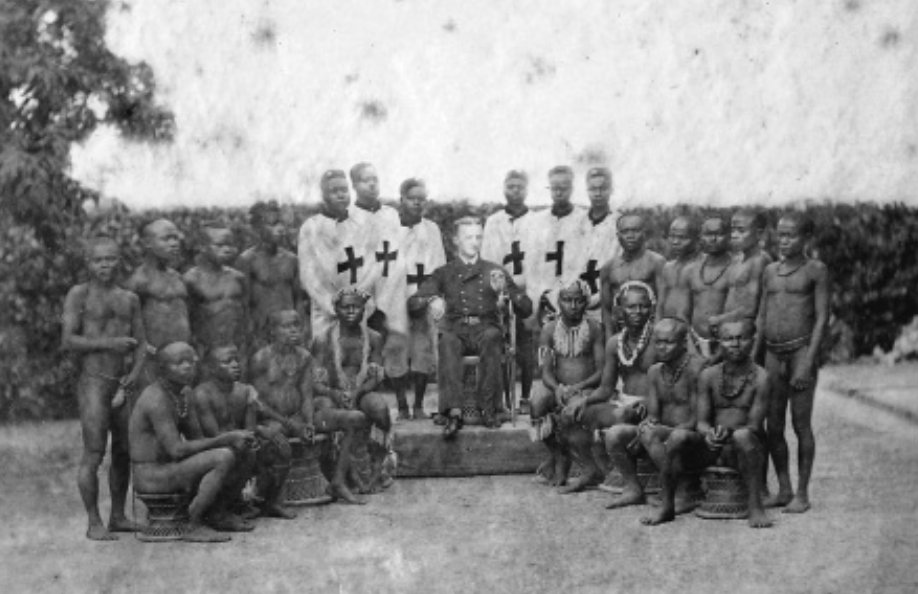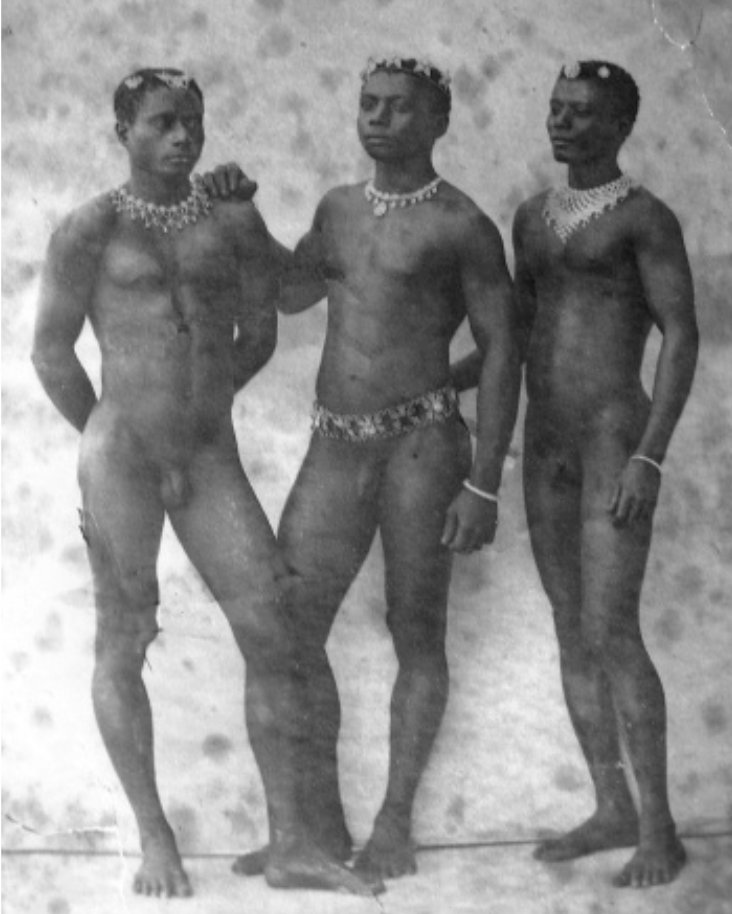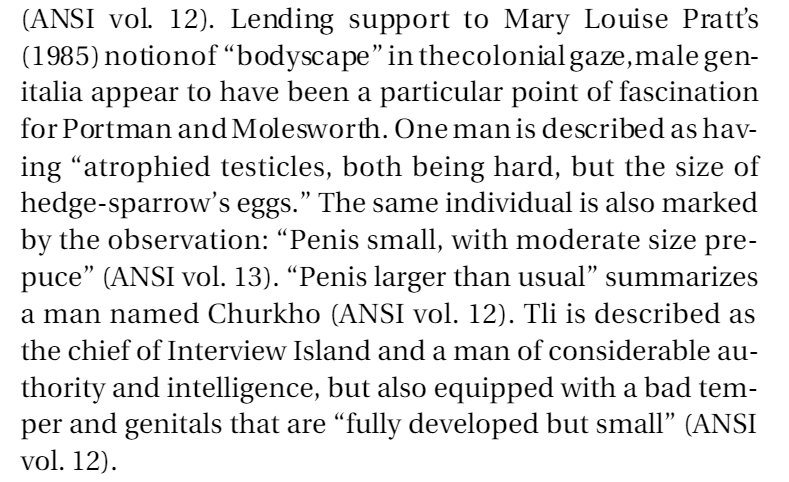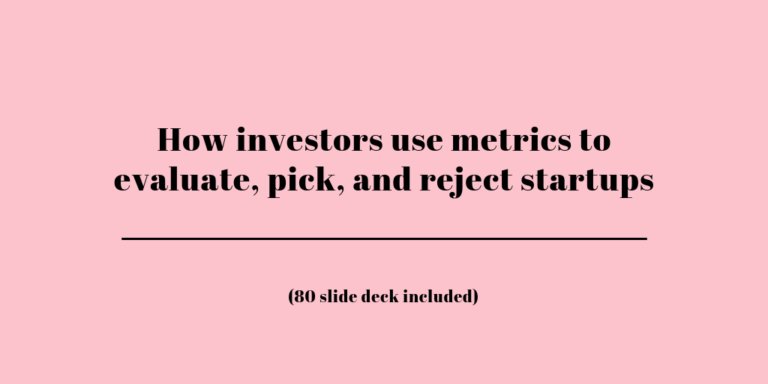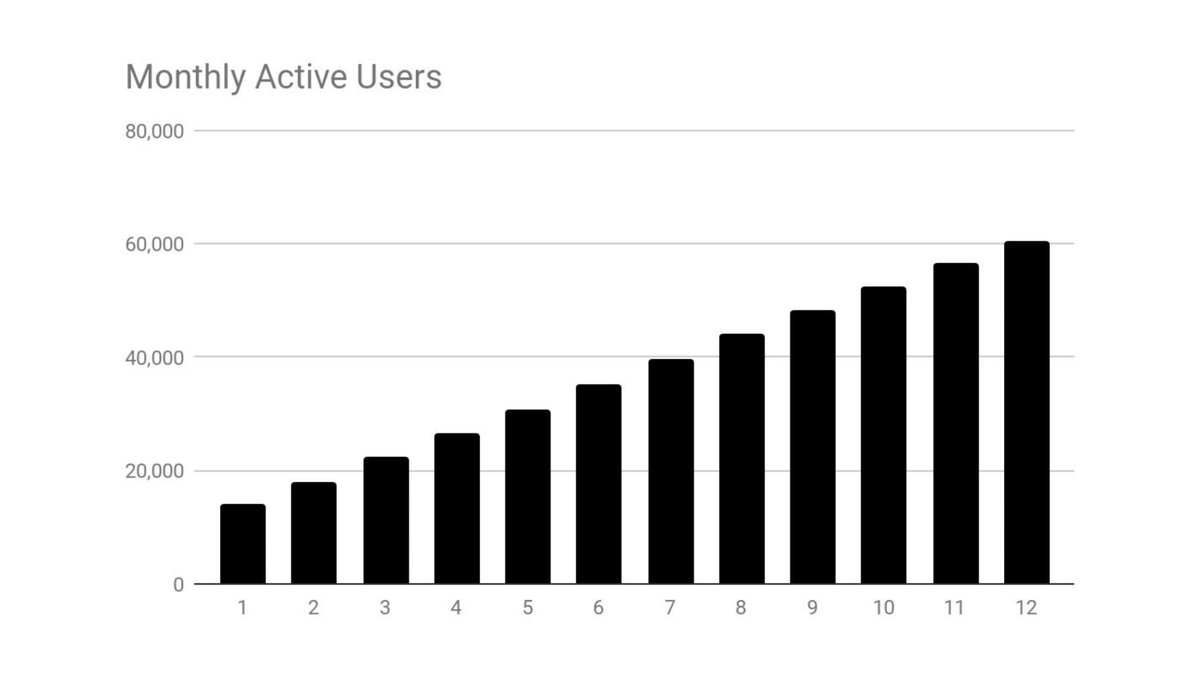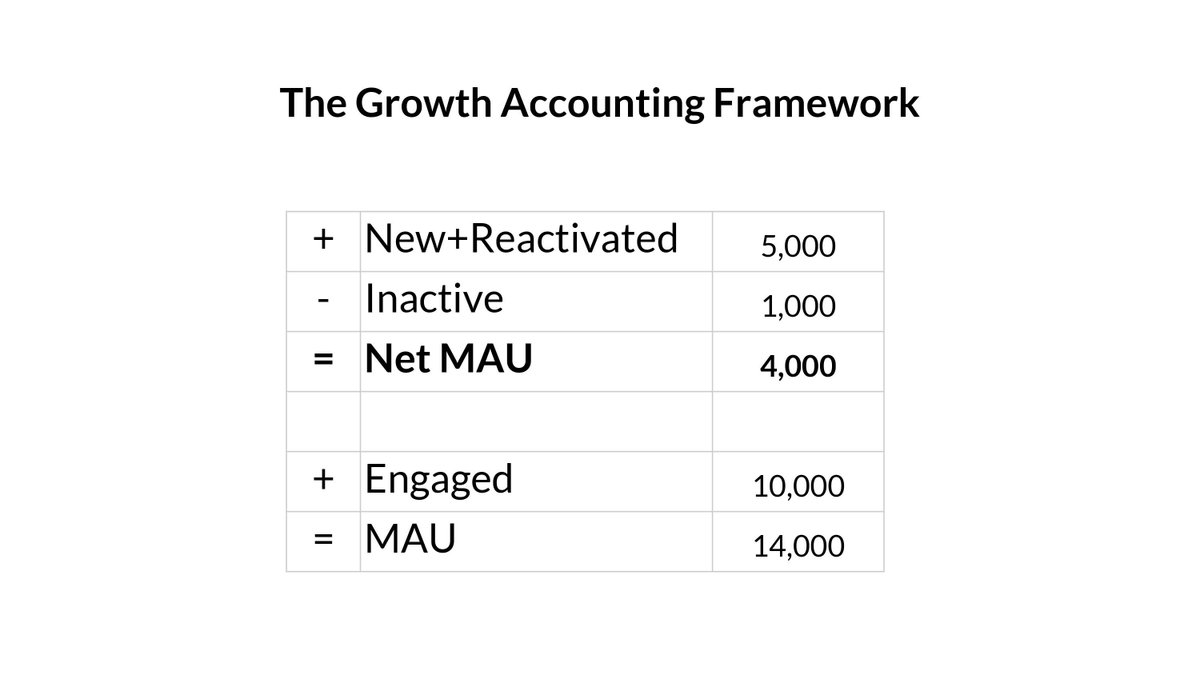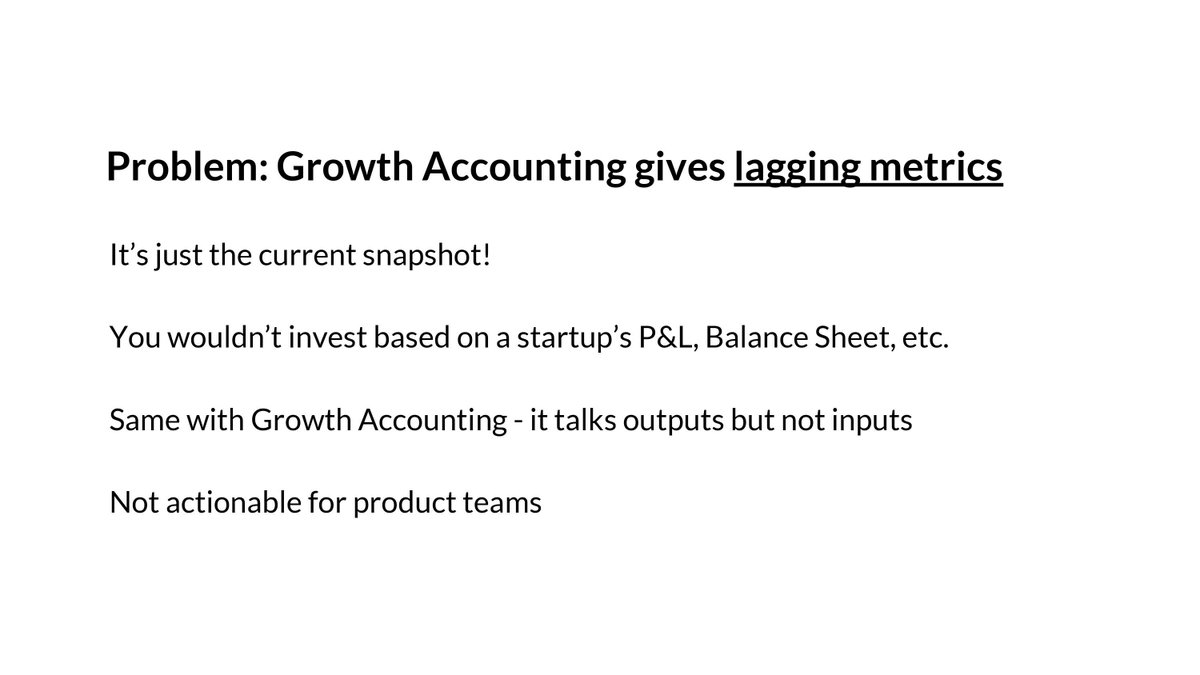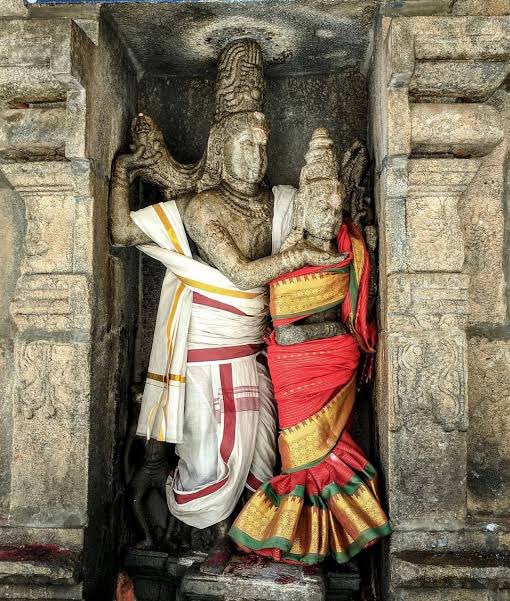through "a period of turbulent change", in Beijing’s words, and great structural adjustments, but usually when that happens, what matters in the long run is not how stable a system seems but rather how successfully political, economic and social institutions adjust to...
1/11
An article worth thinking about: “As changes to the world structure accelerate, China’s rule is in sharp contrast with the turmoil in the West,” says Beijing.
I agree, but I draw a different conclusion. The world is certainly currently
through "a period of turbulent change", in Beijing’s words, and great structural adjustments, but usually when that happens, what matters in the long run is not how stable a system seems but rather how successfully political, economic and social institutions adjust to...
the new conditions. In the past these adjustments have almost always been messy, chaotic, and disheartening to most, but ultimately they were necessary even if we were unable to judge them so at the time.
I would argue that the world today is undergoing both a reversal...
and rejection of the current model of globalization and an urgent need for most countries in the world, including China, to initiate a major rebalancing of the way income and wealth (and ultimately political power) is distributed, but there are few if any historical...
precedents in which this level of restructuring and rebalancing have been neat or orderly.
Beijing's response, which is to do whatever it takes to maintain stability, may look good in the short term, as this strategy always does, but if it prevents the necessary...
rebalancing (as it has for well over a decade), in the future the Chinese may judge their response much less favorably. We went through similarly turbulent periods in the 1920s and 1930s, and then again in the 1960s and 1970s, and in both cases it seemed that the older...
democracies of the West were failing the test, unlike the stability-obsessed autocracies. Mussolini in the 1920s and early 1930s, remember, was considered even by many prominent American and English politicians to be one of the world’s few great leaders, mainly because...
he managed to "stabilize" Italy, even as the older American and European democracies were in turmoil. Forty years later the USSR seemed an oasis of purpose and stability when once again Western Europe and the US seemed on the edge of collapse.
In both cases we were wrong. My point isn’t that Beijing's response is necessarily the wrong one, and ours necessarily the right one. It is only that when we are in the midst of a period of turbulent change, it isn’t always obvious who is adjusting to new conditions and...
More from Michael Pettis
More from Government
You May Also Like
It's much more powerful than you think
9 things TradingView can do, you'll wish you knew yesterday: 🧵
Collaborated with @niki_poojary
1/ Free Multi Timeframe Analysis
Step 1. Download Vivaldi Browser
Step 2. Login to trading view
Step 3. Open bank nifty chart in 4 separate windows
Step 4. Click on the first tab and shift + click by mouse on the last tab.
Step 5. Select "Tile all 4 tabs"
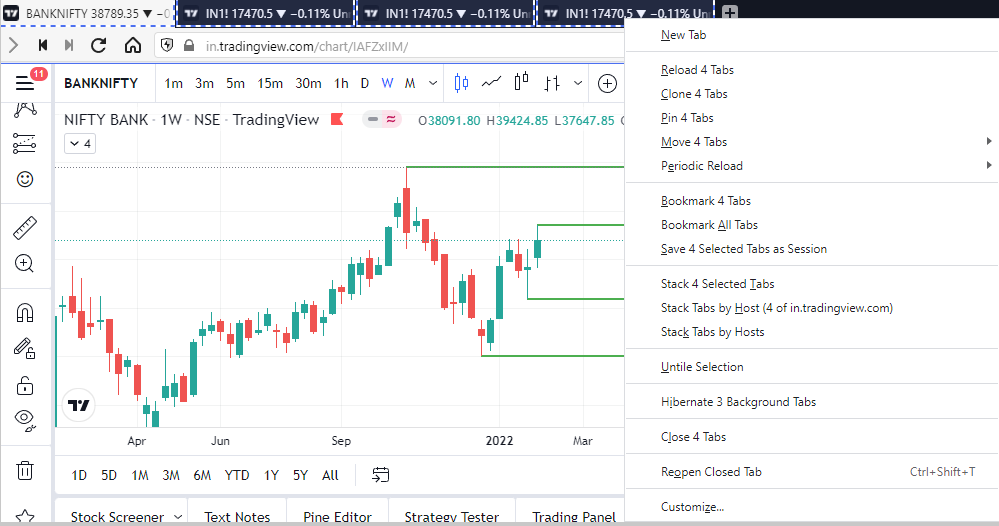
What happens is you get 4 charts joint on one screen.
Refer to the attached picture.
The best part about this is this is absolutely free to do.
Also, do note:
I do not have the paid version of trading view.
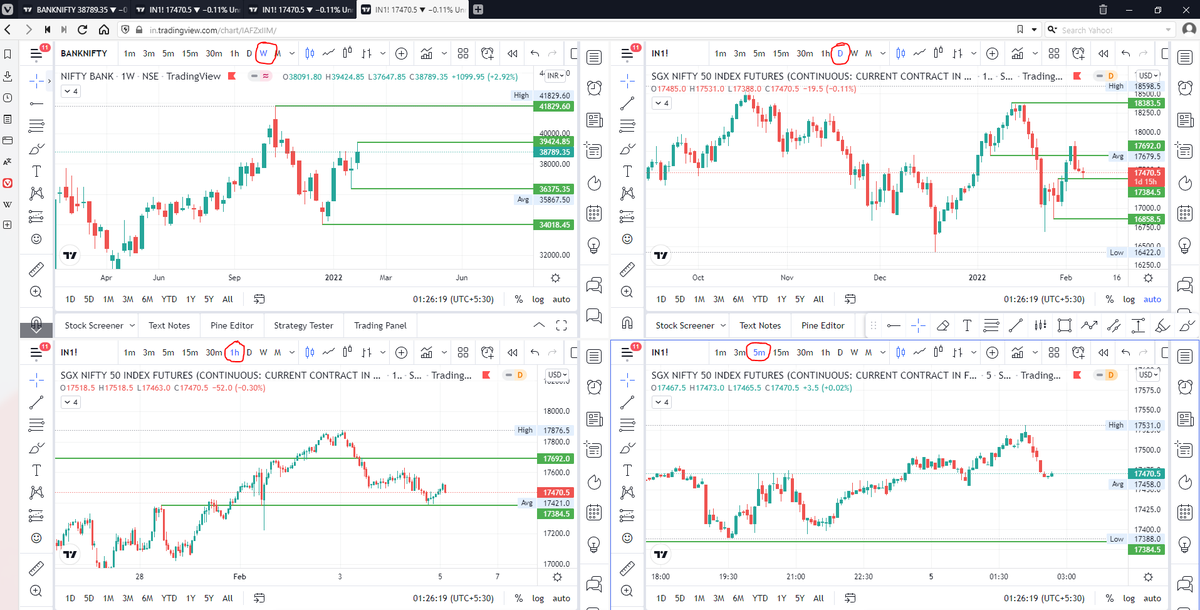
2/ Free Multiple Watchlists
Go through this informative thread where @sarosijghosh teaches you how to create multiple free watchlists in the free
\U0001d5e0\U0001d602\U0001d5f9\U0001d601\U0001d5f6\U0001d5fd\U0001d5f9\U0001d5f2 \U0001d600\U0001d5f2\U0001d5f0\U0001d601\U0001d5fc\U0001d5ff \U0001d604\U0001d5ee\U0001d601\U0001d5f0\U0001d5f5\U0001d5f9\U0001d5f6\U0001d600\U0001d601 \U0001d5fc\U0001d5fb \U0001d5e7\U0001d5ff\U0001d5ee\U0001d5f1\U0001d5f6\U0001d5fb\U0001d5f4\U0001d603\U0001d5f6\U0001d5f2\U0001d604 \U0001d602\U0001d600\U0001d5f6\U0001d5fb\U0001d5f4 \U0001d601\U0001d5f5\U0001d5f2 \U0001d5d9\U0001d5e5\U0001d5d8\U0001d5d8 \U0001d603\U0001d5f2\U0001d5ff\U0001d600\U0001d5f6\U0001d5fc\U0001d5fb!
— Sarosij Ghosh (@sarosijghosh) September 18, 2021
A THREAD \U0001f9f5
Please Like and Re-Tweet. It took a lot of effort to put this together. #StockMarket #TradingView #trading #watchlist #Nifty500 #stockstowatch
3/ Free Segregation into different headers/sectors
You can create multiple sections sector-wise for free.
1. Long tap on any index/stock and click on "Add section above."
2. Secgregate the stocks/indices based on where they belong.
Kinda like how I did in the picture below.
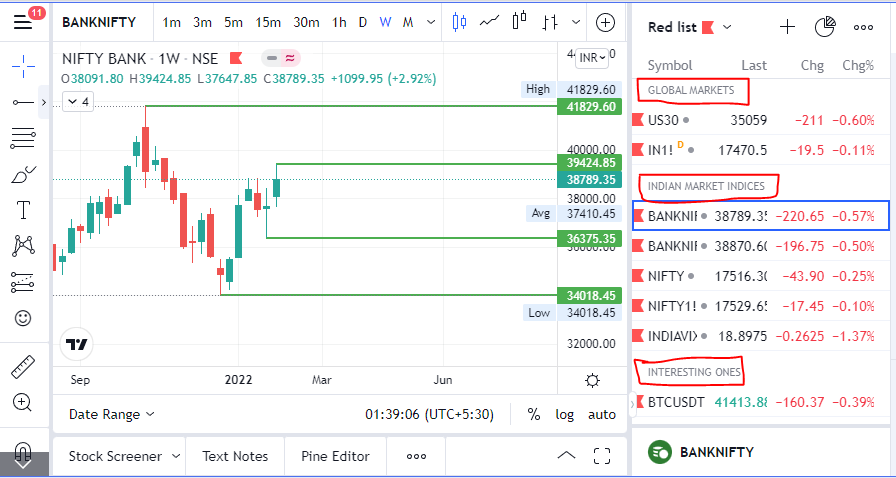
The story doesn\u2019t say you were told not to... it says you did so without approval and they tried to obfuscate what you found. Is that true?
— Sarah Frier (@sarahfrier) November 15, 2018
In the spring and summer of 2016, as reported by the Times, activity we traced to GRU was reported to the FBI. This was the standard model of interaction companies used for nation-state attacks against likely US targeted.
In the Spring of 2017, after a deep dive into the Fake News phenomena, the security team wanted to publish an update that covered what we had learned. At this point, we didn’t have any advertising content or the big IRA cluster, but we did know about the GRU model.
This report when through dozens of edits as different equities were represented. I did not have any meetings with Sheryl on the paper, but I can’t speak to whether she was in the loop with my higher-ups.
In the end, the difficult question of attribution was settled by us pointing to the DNI report instead of saying Russia or GRU directly. In my pre-briefs with members of Congress, I made it clear that we believed this action was GRU.


